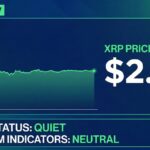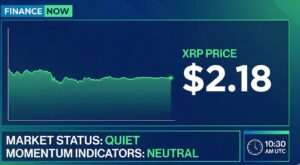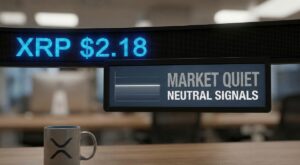In 2014, Onecoin Ltd launched a popular cryptocurrency. Operating on the immense success of BitCoin, OneCoin was easily accepted by the investing public. But, to everyone’s surprise, the founders suddenly shut down the project in 2017. As a result, the many investors who had their money in the project lost their investment.
This event is a perfect example of a rug pull project. First, an investor buys into a newly launched cryptocurrency, which turns out to be a scam. Then, the “rug” is pulled from the feet of the investor, leaving him confused—and most times, broke.
More recently, rug pull projects have become common. In 2021, rug pull crypto projects stole a whopping 7 billion dollars from investors.
However, you can avoid these projects. All you need to do is take precautions and keep certain tips in mind.
Before we get to the tips, let’s look at how these rug pull projects are operated:
Three forms of rug pull projects:
- Dumping: Dumping happens when crypto developers sell off a huge portion of a newly launched coin. This sale reduces the value of the coin to near zero.
- Sell Order Limits: Here, the crypto developers would write a limited sell order into the project’s code. This act means that investors can purchase the coin but cannot sell it. In that case, the developers will sell the coin and ditch the project.
- Liquidity Stealing: When a coin or token is newly launched, the developers have to create a liquidity pool. This is to ensure that the coin can be traded. As more investors buy the token, the liquidity pool expands. At this point, the developers will withdraw all the coins in the liquidity pool. The coin becomes worthless at this point.
How to Identify Rug Pull Projects
Unknown Developers
Usually, the developers of cryptocurrency projects are well-known persons in the crypto community. Even where they are not so popular, investors should have the ability to verify their identities. The LinkedIn accounts of the developers should be available. The project’s White Paper should also be of standard quality. It is most likely a rug pull project if this is not the case.
Unlocked Liquidity
Before investing in a newly launched coin, be sure to check if the token is liquidity locked. Liquidity locks provide security to investors because it ensures that developers cannot randomly take over the liquidity supply of the token. However, the project may be a rug pull one, where the liquidity is not locked. Also, ensure that the liquidity locked is about 80 per cent to 100 per cent.
Sell Order Limits
Whenever you invest in a coin or token and realise that you are restricted from selling the coin, you may be dealing with a rug pull project. So as not to fall victim, before it is too late, try to buy a small number of coins first. Use these coins to test it out. If you are unable to sell the coin, it may be a scam
Random Price Hikes
Where the price of a coin or token randomly surges, it may be a scam. Especially true when the price hikes are beyond imagination. For instance, there may be a percentage hike of about 10,000 per cent. In this case, a costly dump may be approaching.
No External Audit
A code audit is standard practice for newly-launched cryptocurrency projects. This audit ensures that traps are not written into codes to dupe investors. However, where there is no evidence of an independent code audit of a cryptocurrency, it may be a rug pull project.
Conclusion
Cryptocurrency investment may be the latest best thing happening in the financial world. However, investors must conduct due diligence before putting their money into crypto projects. This way, they will prevent avoidable financial losses.




























